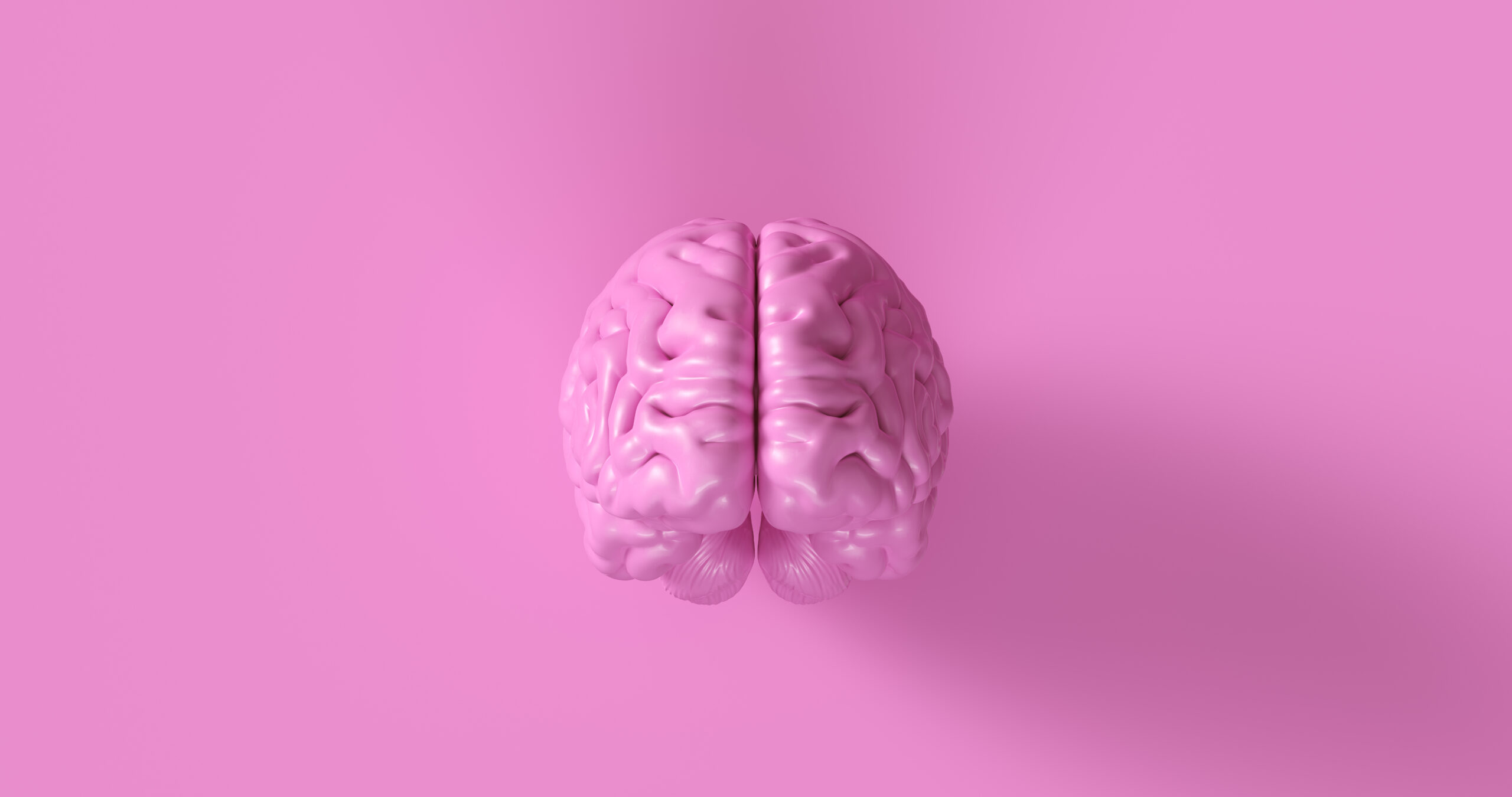How do I help my patient manage their daily routine when experiencing fluctuations in energy levels?
Helping patients manage their daily routines when they experience fluctuations in energy levels requires a thoughtful and flexible approach. Here are some practical strategies to support them:
## Understanding Energy Fluctuations
First, it’s essential to understand that managing energy is often more important than managing time, especially for individuals dealing with chronic conditions or unpredictable energy levels. This means shifting from rigid schedules to adaptable frameworks that prioritize well-being and energy conservation.
## Tracking Energy Levels
Encourage your patient to track their energy levels throughout the day. This involves monitoring when they feel most energetic and when they need rest. Identifying patterns can help plan activities more effectively. Tools like energy trackers can be useful for spotting trends and making informed decisions about daily tasks.
## Using the Spoon Theory
The Spoon Theory is a helpful concept for planning days based on energy units rather than time. Each task requires a certain number of “spoons,” and once these are depleted, it’s time to rest. This approach helps prevent overexertion and ensures that important tasks are prioritized.
## Adopting Flexible Routines
Rigid schedules don’t work well when energy levels are unpredictable. Instead, suggest creating routines with built-in flexibility. This might include having different versions of a daily routine for high and low energy days. Breaking tasks into smaller steps and using task batching can also help manage energy more efficiently.
## Setting Boundaries
Protecting energy means setting boundaries. Encourage your patient to say no to activities that might deplete their energy too much. This includes delegating tasks when possible, limiting social engagements, and prioritizing rest without guilt.
## Stress Management
Stress can significantly impact energy levels. Encourage your patient to use stress-relieving techniques such as listening to music, talking to friends, practicing positive self-talk, or engaging in mindfulness exercises like meditation or yoga. A balanced diet and good sleep hygiene are also crucial for maintaining energy.
## Optimizing Circadian Health
Help your patient establish a regular sleep routine, going to bed and waking up at the same time each day. Encourage them to get morning sunlight exposure to boost mood and energy. Regular physical activity, even light exercise, can also improve energy levels and overall well-being.
## Nutrition and Hydration
Balancing nutrition and hydration is vital for maintaining energy. Suggest eating fiber-rich foods and including protein in meals to sustain energy throughout the day. Drinking plenty of water and avoiding sugary snacks can also help prevent energy crashes.
## Power Naps
For some patients, strategic power naps can be beneficial. A short nap of 20-30 minutes during the day can recharge energy levels and improve productivity. Ensure that the napping environment is quiet and comfortable to maximize rest benefits.
By implementing these strategies, your patient can better manage their daily routine despite fluctuations in energy levels, leading to a more stable and fulfilling life.





